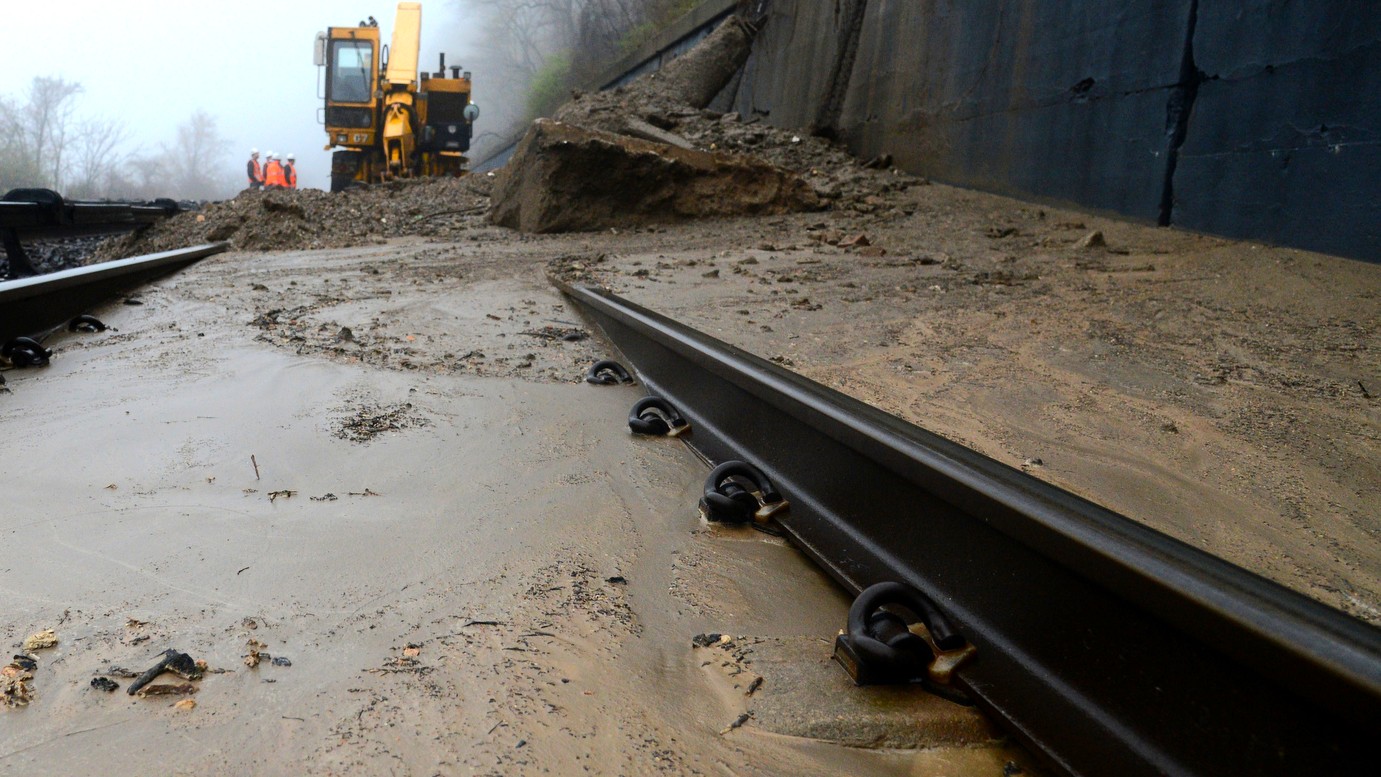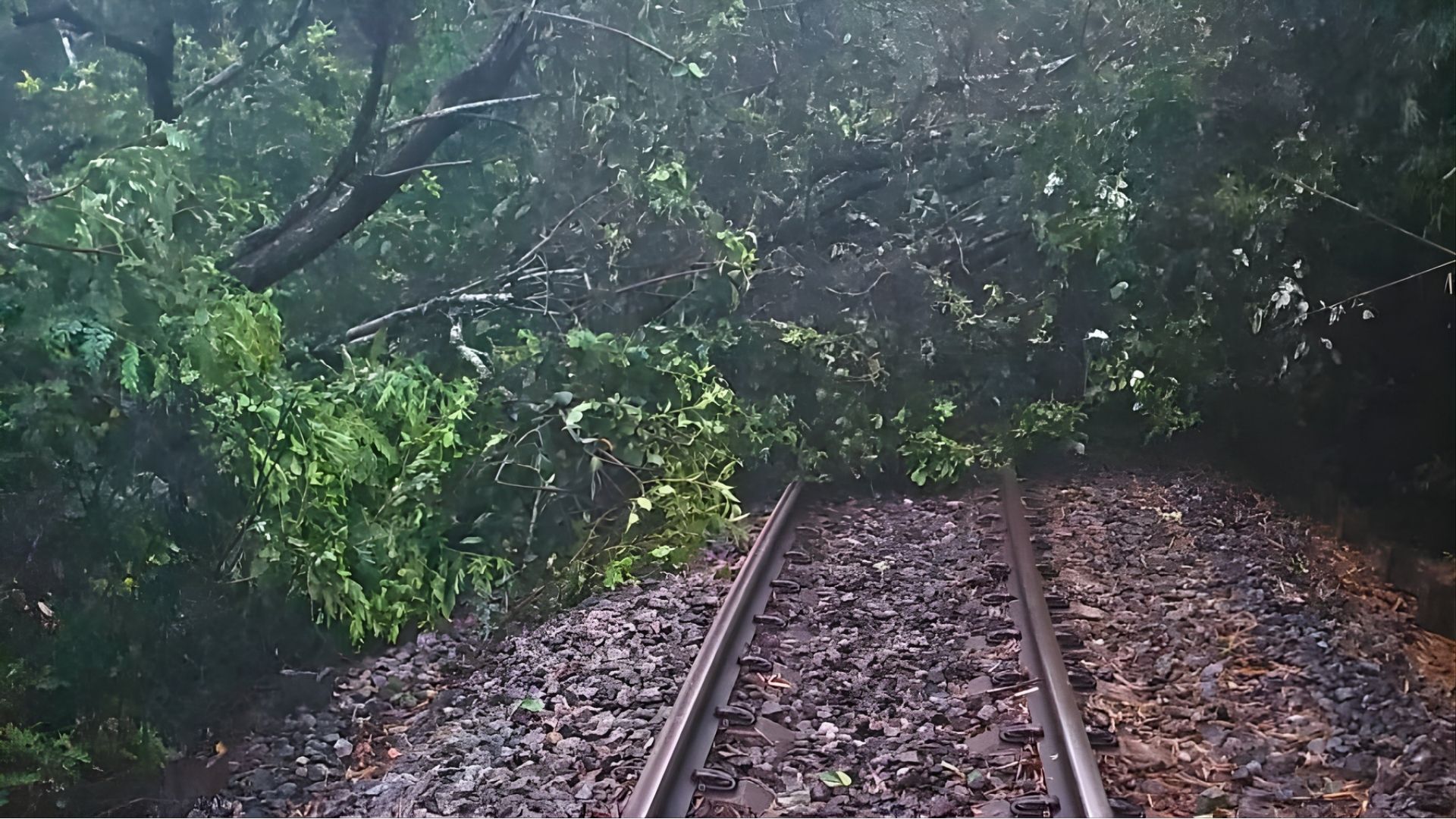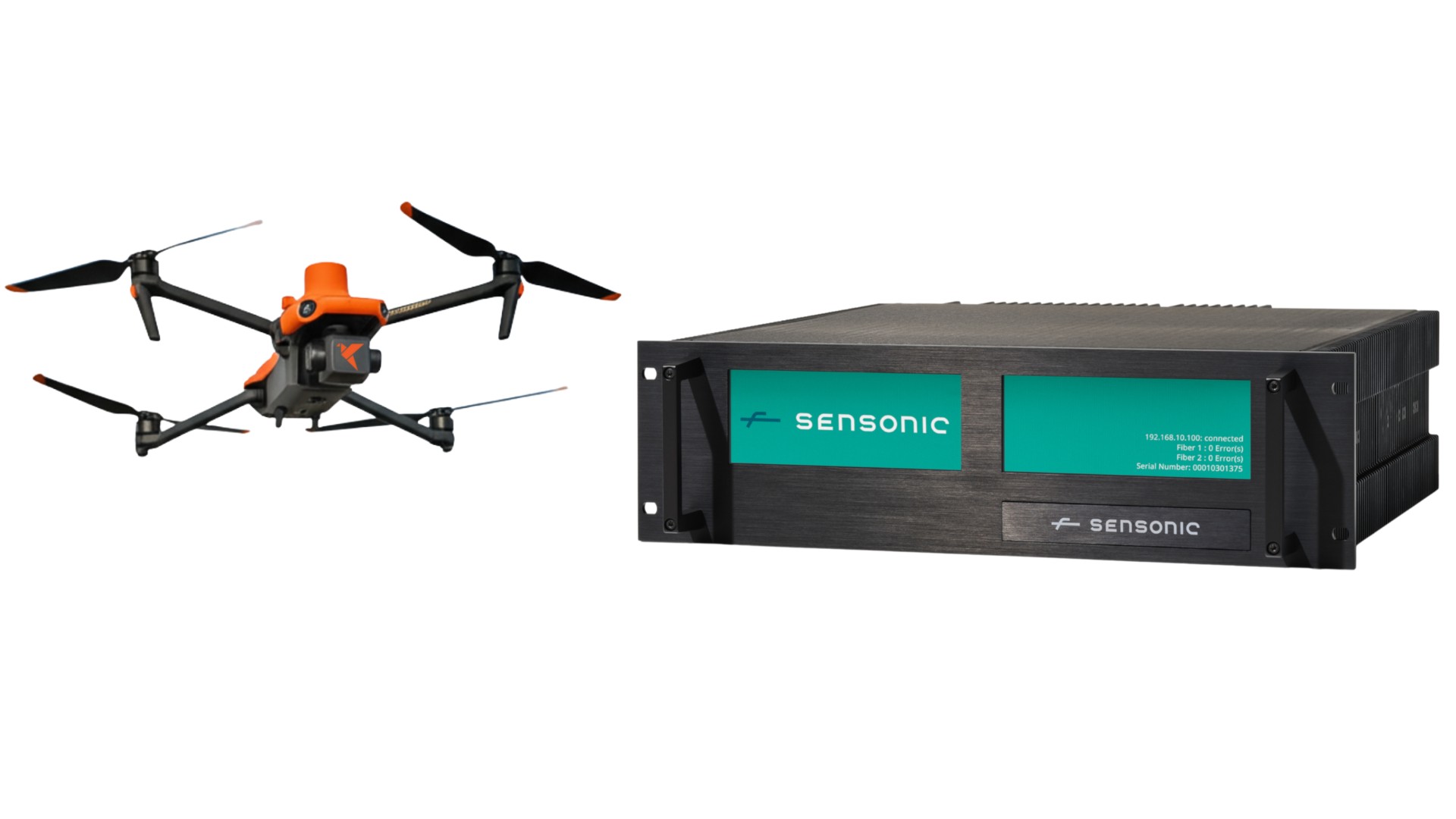Trespass on the railway is a serious and multifaceted issue. While often viewed as a single problem, there are many distinct types of track trespasser, each with a unique motivation, intent, and risk profile. Understanding these diverse groups is the first step in developing effective security strategies. From the thrill-seeker to the malicious actor, unauthorised access to the rail corridor is a constant threat to both the trespasser and the safety of passengers, staff, and the integrity of the infrastructure and its availability. Here are ten types of railway trespasser:
1. The Photographer

Railway enthusiasts that should know better or photographers seeking a unique shot can trespass onto the track. While their intentions are often harmless, they can be a serious safety hazard to both themselves and to train operations with their presence causing delays as services are halted pending their removal.
2. The Explorer / Thrill Seeker
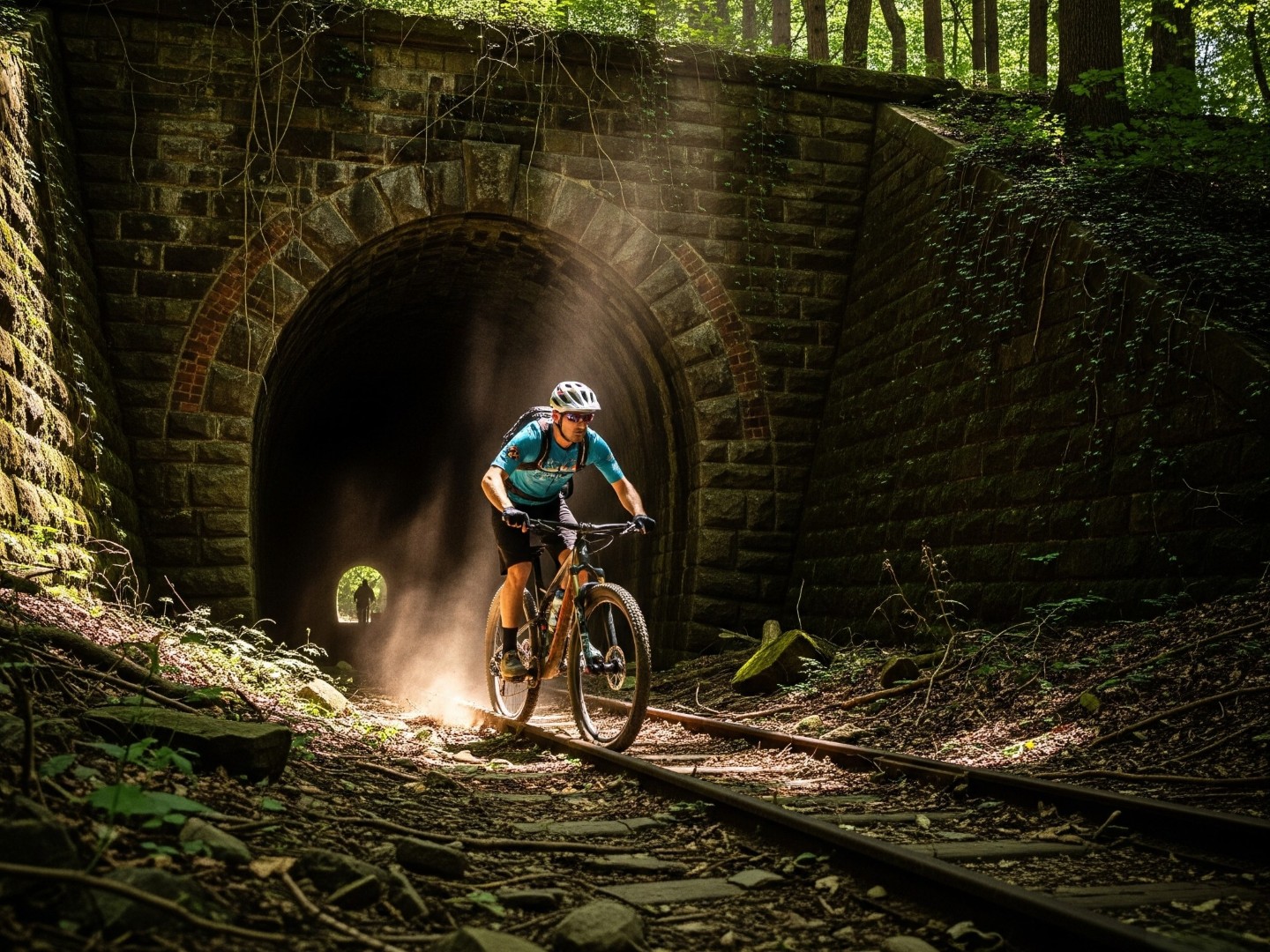
This group of trespassers are motivated by a desire for adventure and excitement. They may climb on bridges, walk through tunnels, or even take part in "rail surfing" (climbing on the outside of a train while it is moving). These actions are obviously extremely dangerous resulting in potential severe injury or death as well as causing delays and disruption where incidents are reported
3. The Animal
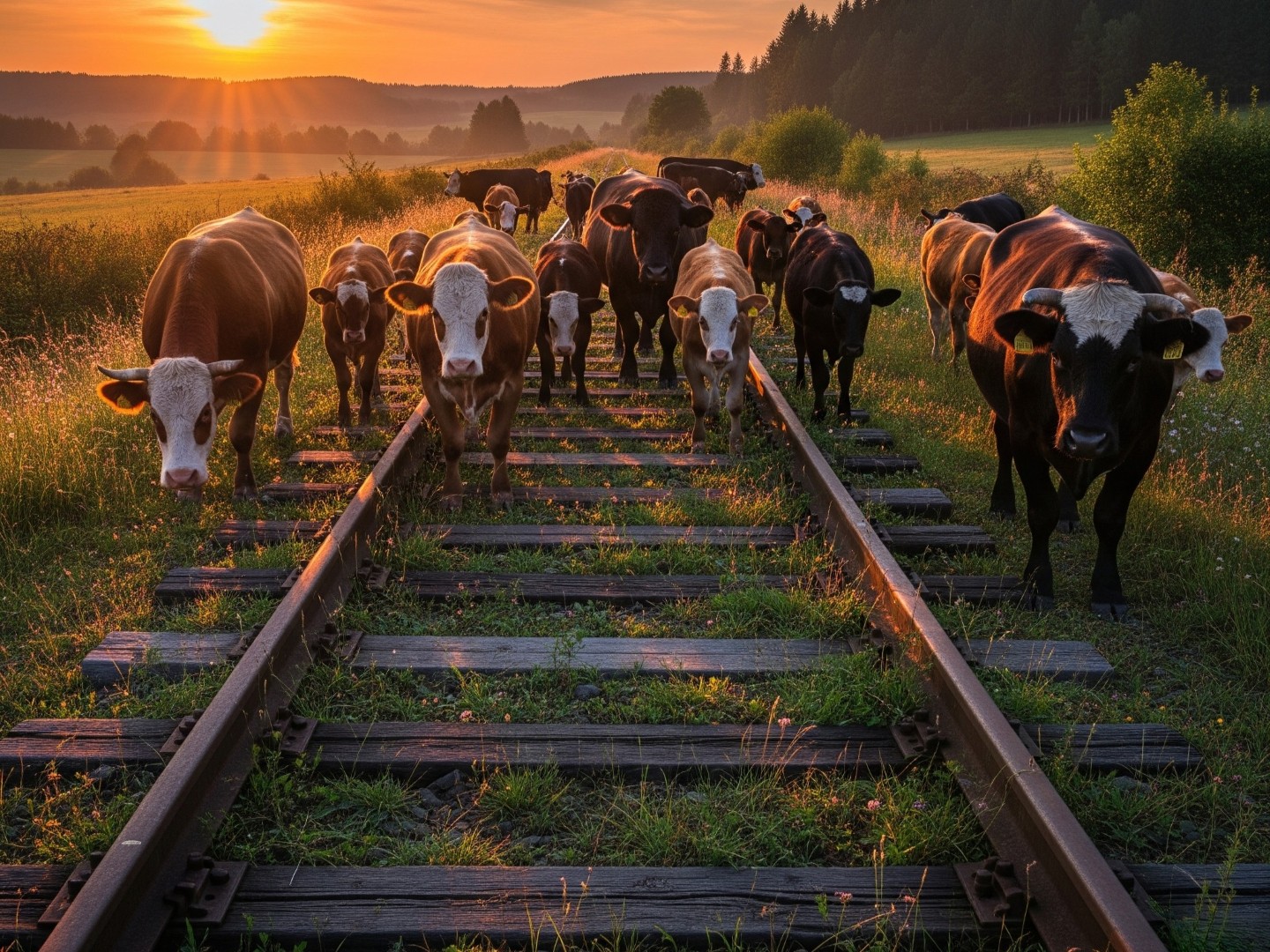
Animals can be a significant trespass threat, particularly in rural areas. Large animals like cattle, bison or even elephants can wander onto the track, creating a collision risk for trains that can even lead to derailment where animals are large or numerous
4. The Drug User
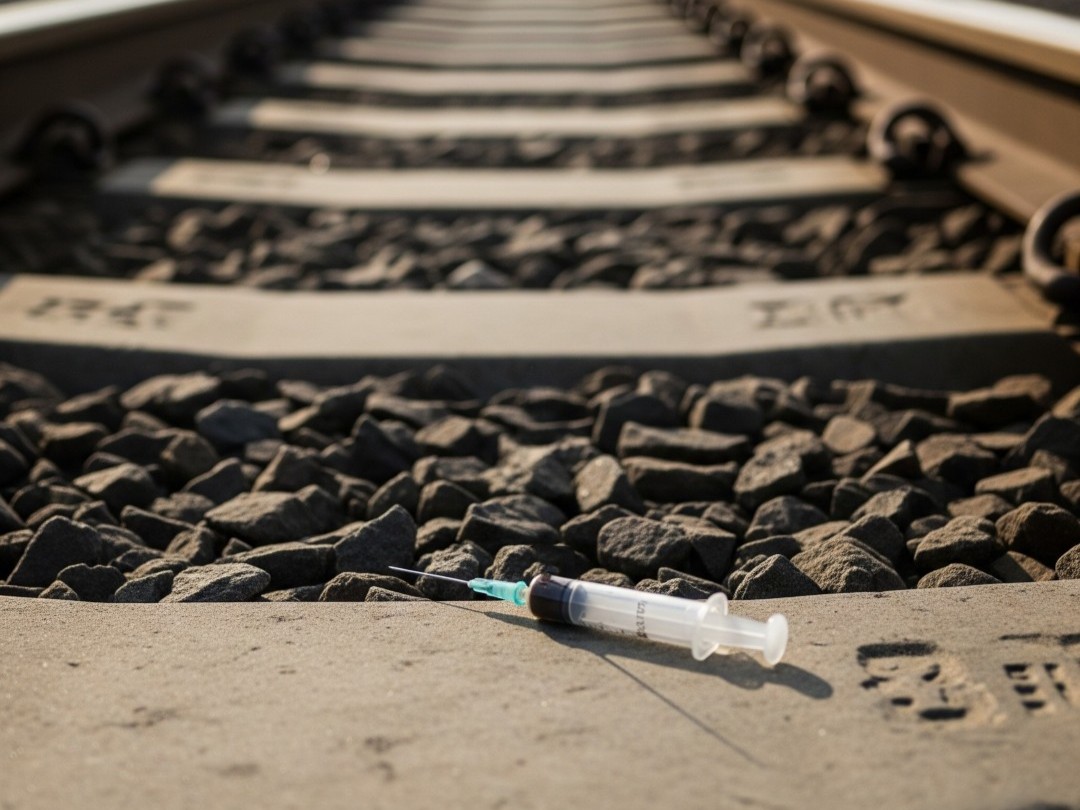
Individuals using or dealing drugs often seek out secluded railway locations to conduct their illegal activities, putting themselves at risk of collision or electrocution. The discarded needles from injected drugs, leads to increased risk for track workers especially when combined with presence of people under the influence of drugs creating a hostile environment often linked to other crimes like theft and prostitution.
5. The Vehicle Driver
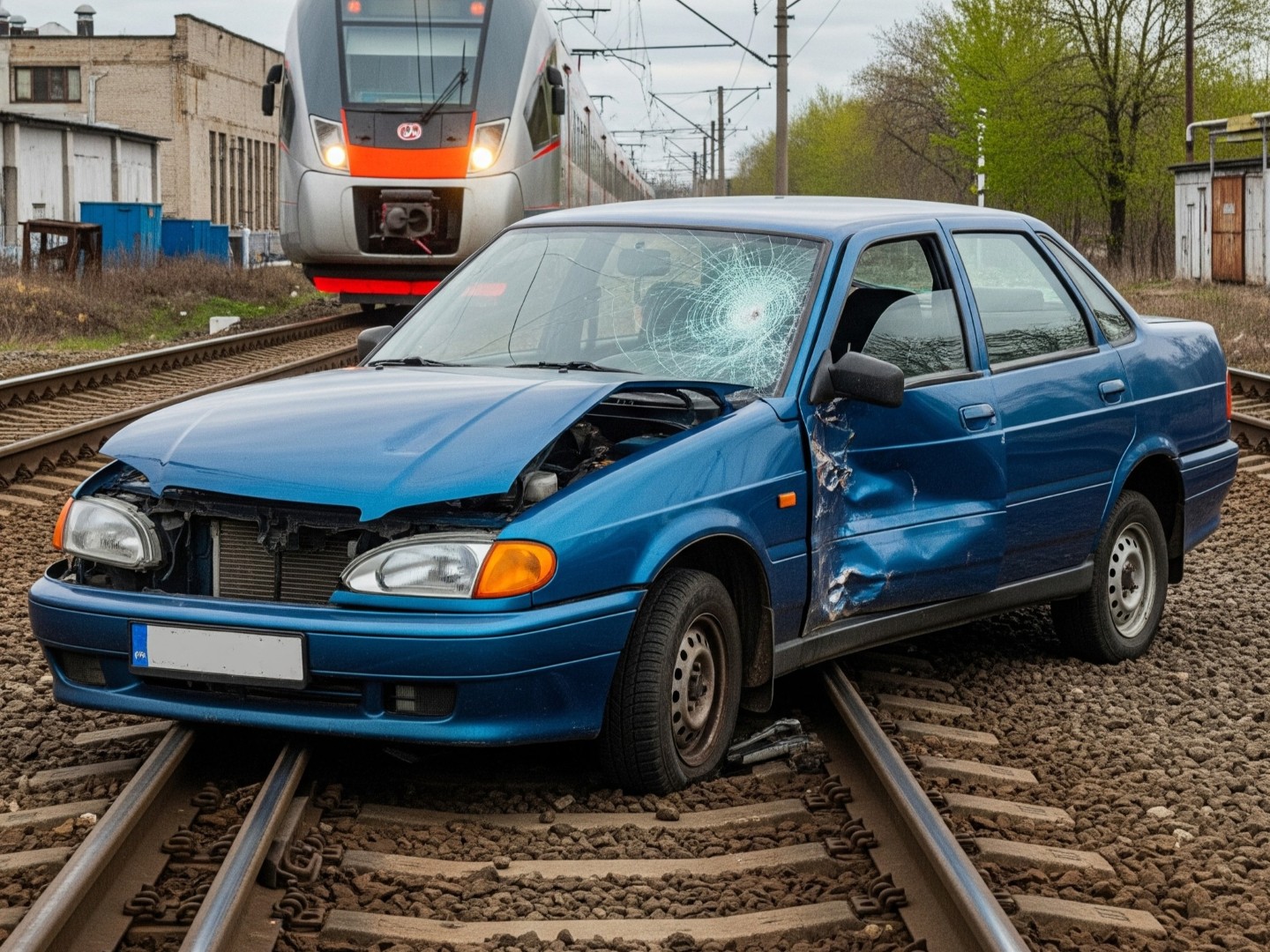
Most often there accidentally, a driver becomes a trespasser when a vehicle (car, truck, motorbike etc) strays onto the tracks or rail corridor. This intrusion can be the result of a collision, a loss of control or even distraction due to phone use, tiredness or impairment through drink or drugs. In rare cases the vehicle driver is there deliberately, in a reckless or malicious act. A vehicle on the line is an obvious major collision hazard with the potential to cause catastrophic derailment.
6. The Vandal
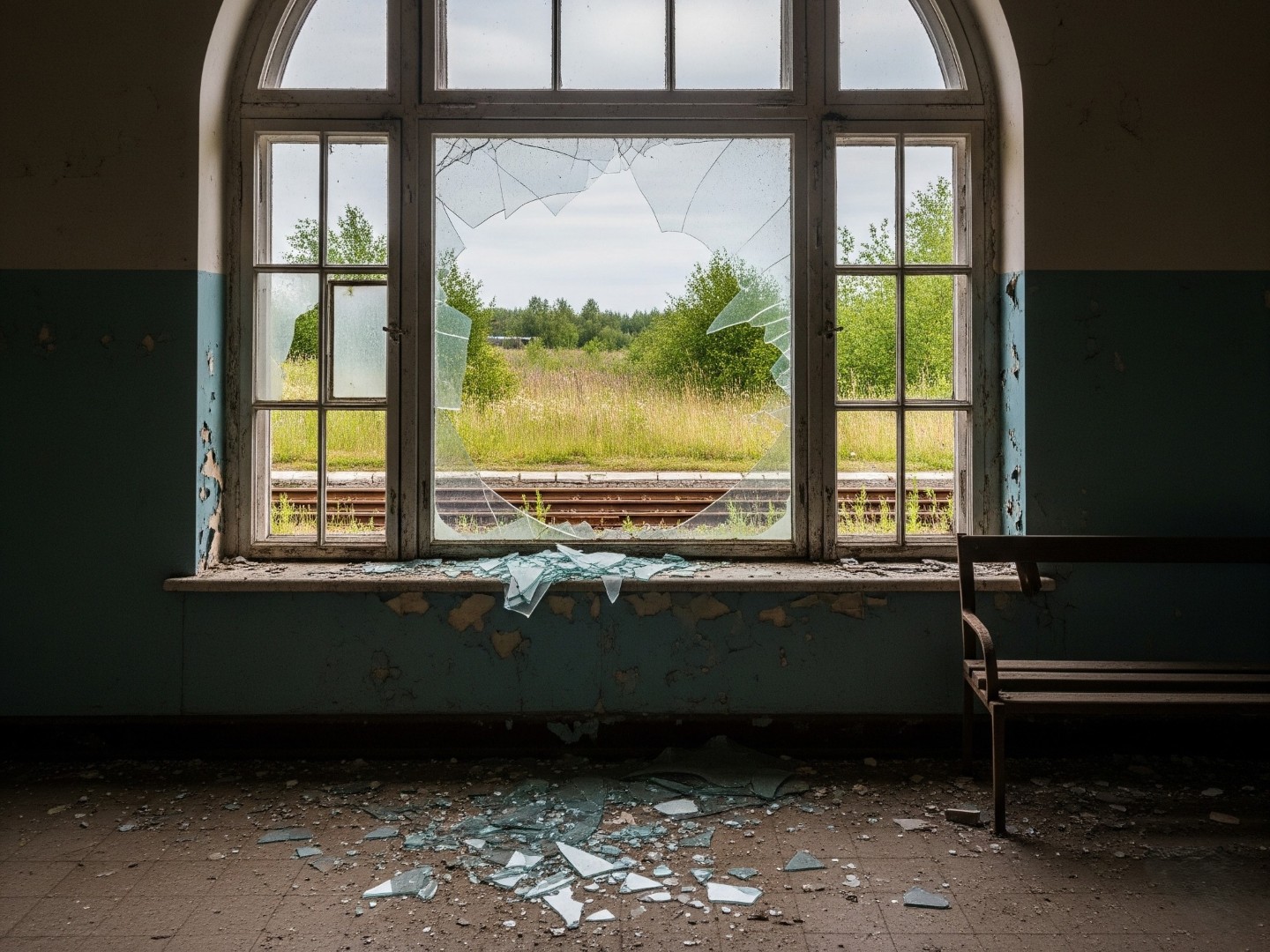
Vandals are individuals who intentionally cause damage to railway property. This can range from putting pennies on the track to smashing windows on trains and station buildings or setting fire to parked rollingstock. Their actions are costly, disrupt services, and can compromise the safety of both the rail network as well as themselves.
7. The Graffiti “Artist"
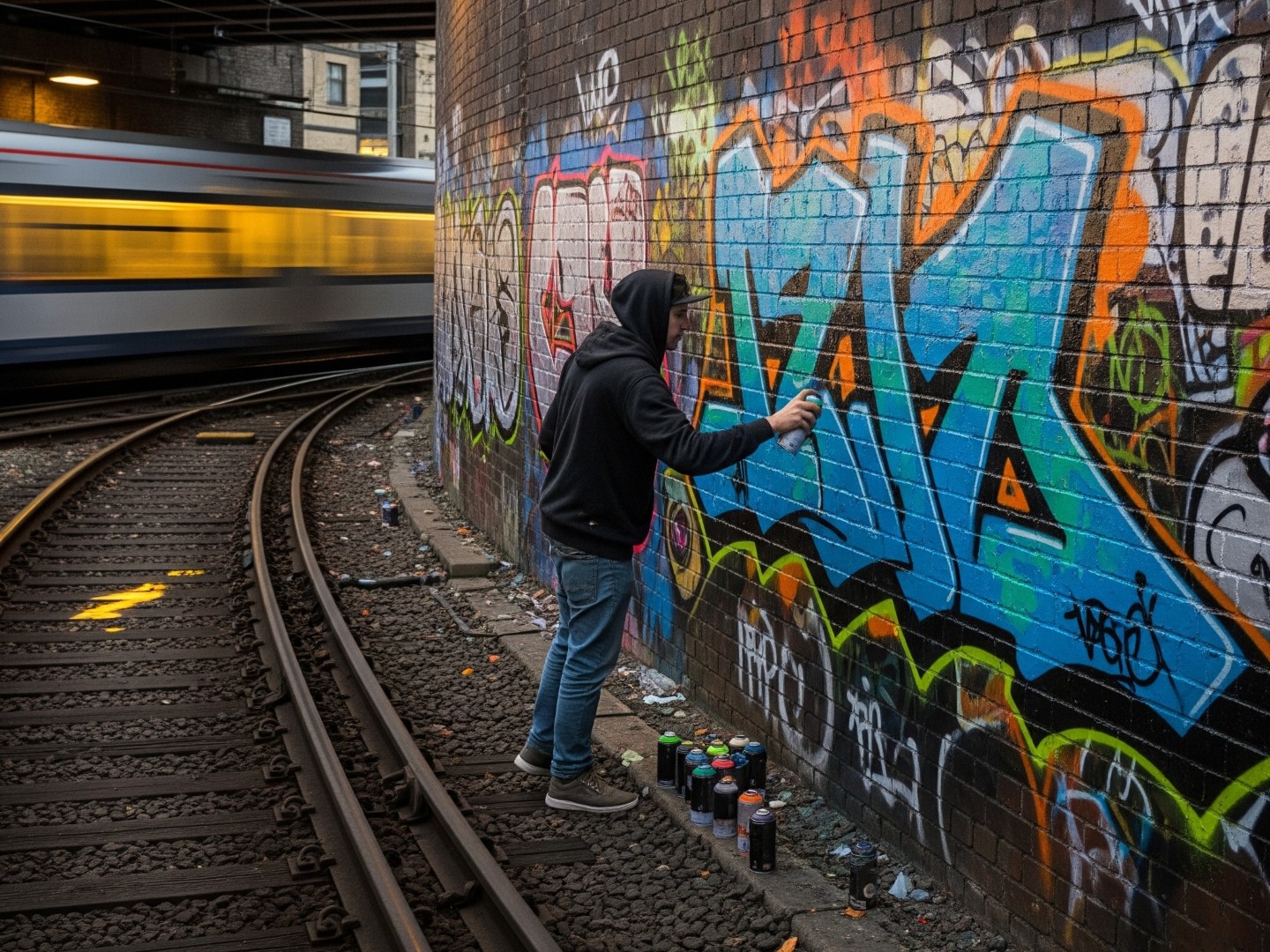
Aerosol artists and taggers alike often trespass into train yards and depots to target rolling stock as a mobile billboard for their work. They also trespass onto the rail network to access infrastructure such as bridges and walls to use as concrete canvas. Their actions are a form of vandalism that costs the industry millions to clean up and can sometimes require the immediate removal of a train from service leading to delays or cancellations. There are obvious risks to the “artist” too from collision, trapping and electrocution.
8. Those in Mental Crisis
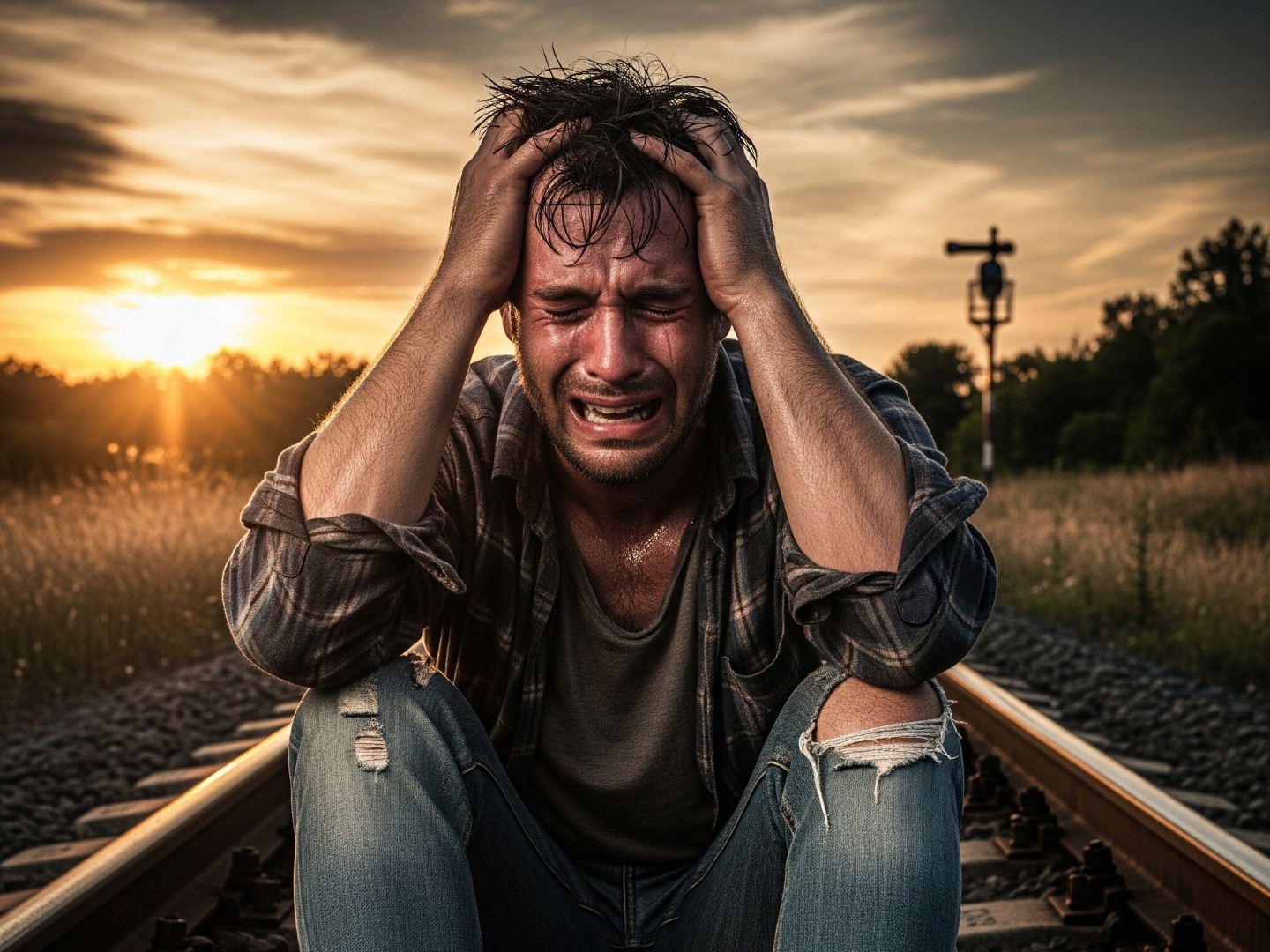
Sadly, railways are often chosen as a location for suicide attempts. These tragic incidents have a profound impact on the individual, their families, and on train staff, who are often the first on the scene. They also cause immense disruption and delays to the network. Even if suicide is not the intended action, a person in crisis running away from issues into secluded rail infrastructure is a vulnerable person entering a high-risk environment
9. The Criminal
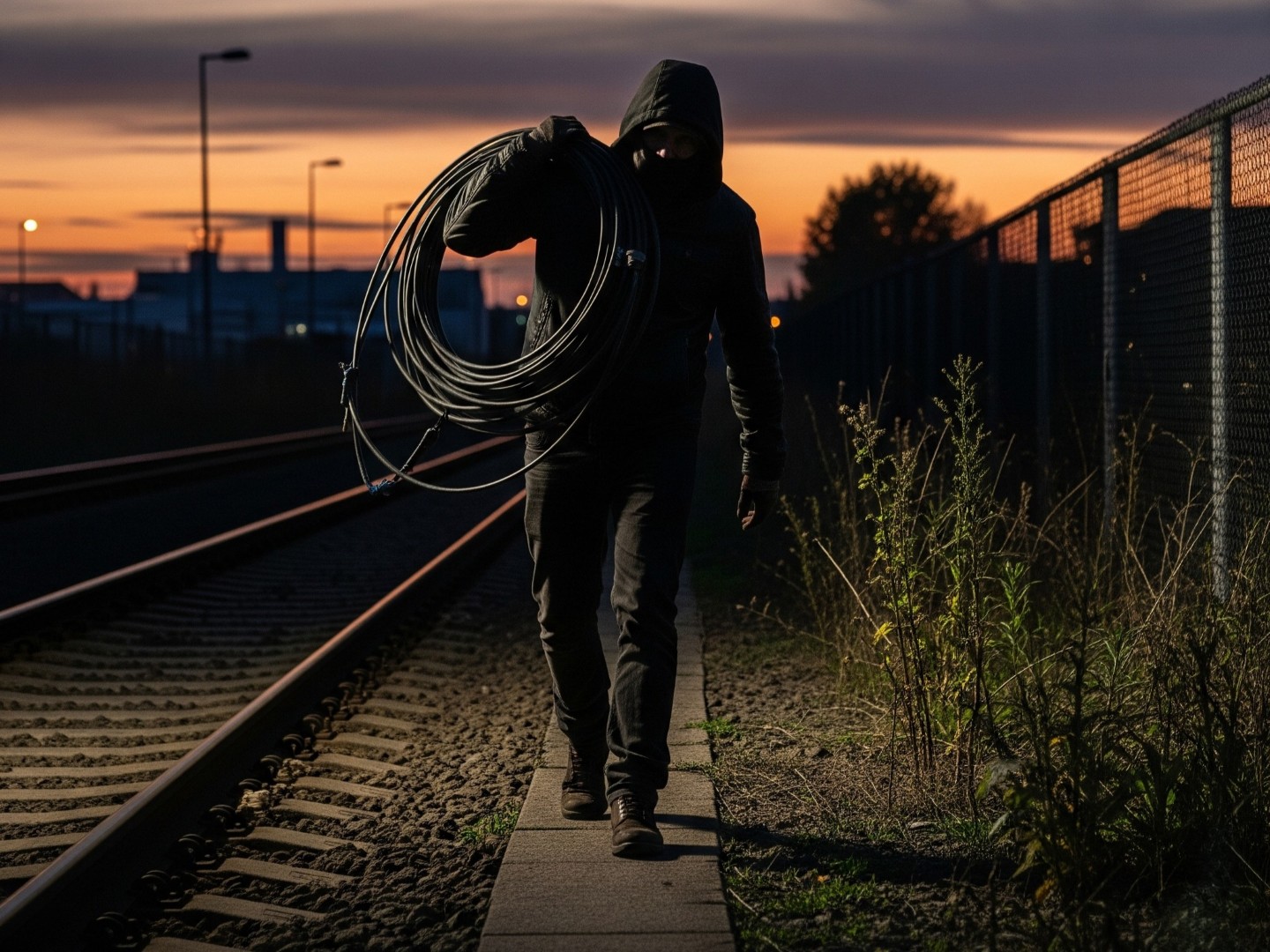
Criminal trespassers deliberately enter railway property to commit crimes for financial gain. This includes everything from stealing high-value freight from stopped trains to looting equipment and other valuable materials from the trackside such as copper cable theft. They naturally aim to avoid detection but as they are operating often in darkness around moving trains and high voltage cables there are risks to both the criminal as well as the rail network targeted
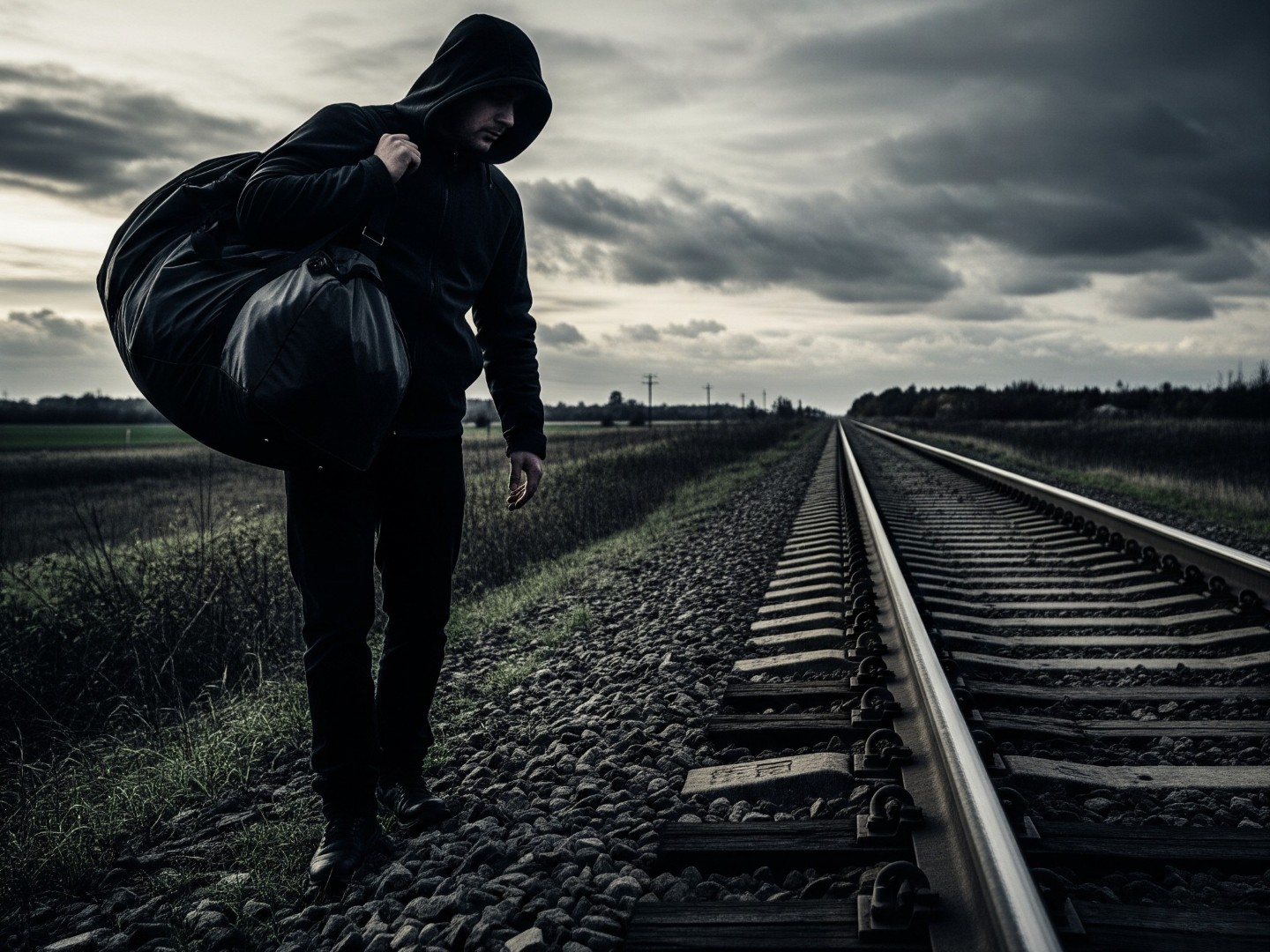
The most severe form of malicious trespass is sabotage or terrorism. In this case, an individual or group attempts to disrupt services or cause a major incident to inflict disruption, casualties, and sow fear. Their actions can include placing explosives or obstacles on the track, damaging critical control systems, or tampering with infrastructure to derail trains
Trespass Detection
There are many distinct types of trespassers, with varied motivations behind their actions. To effectively protect against all these threats, the railway first must know when and where they are taking place – preferably in real-time so they can do something about it.
With the long and remote nature of many railway networks, detecting trespass is no simple task. Looking to other industries with similar challenges of securing linear assets over long length such as oil and gas pipelines and securing international borders, one technique is ripe for railway exploitation – Distributed Acoustic Sensing (DAS). By using fiber optic cables, even dark fibers in existing railway telecoms networks, can be turned into an array of vibration sensors sensitive enough to detect even dainty footsteps providing the crucial, real-time data needed to locate and respond to a threat fast.
